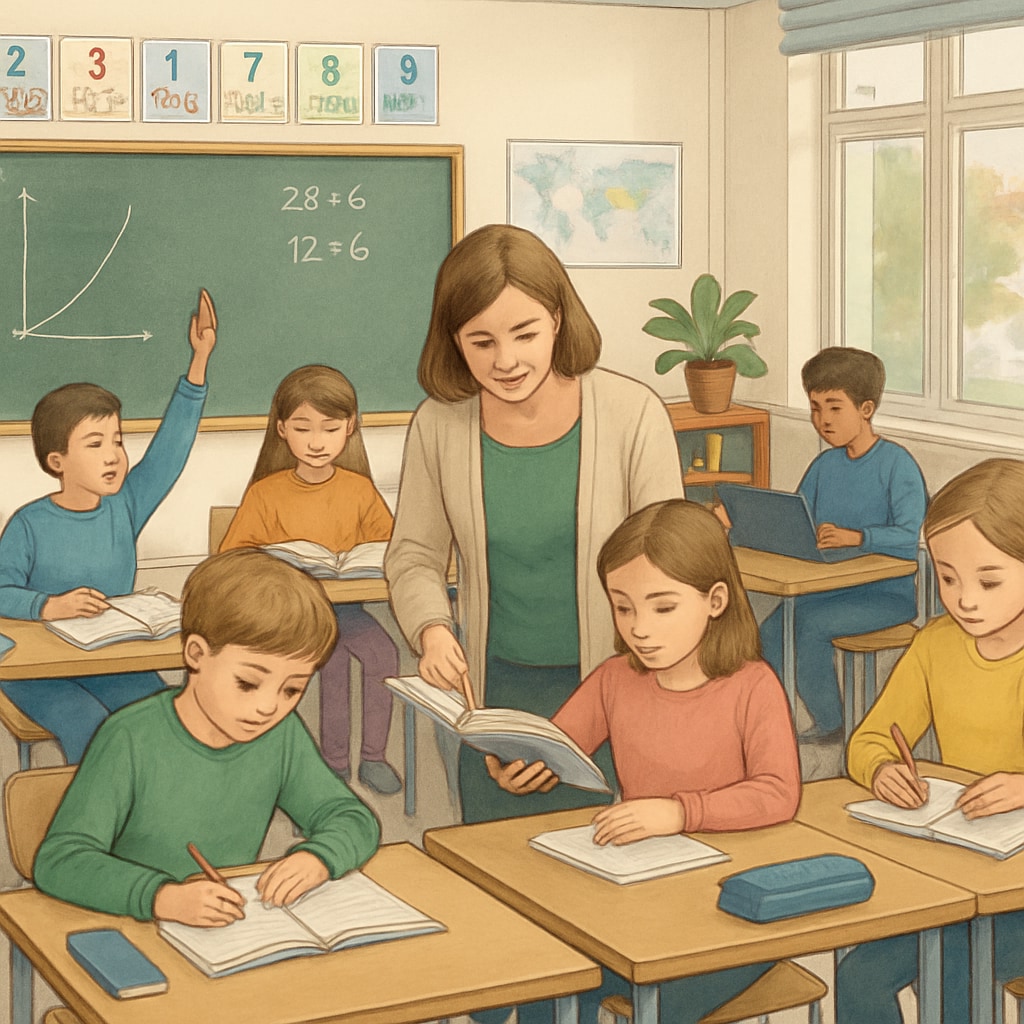The movie “Whiplash” offers a dramatic portrayal of education extremes, where a mentor employs harsh and unrelenting methods to push a student toward greatness. This depiction ignites essential questions regarding “rigorous education balance.” How far should educators go in demanding excellence? And how can strict teaching coexist with the emotional needs of students? These questions are particularly pressing in K12 education, where young minds are still developing, and the line between discipline and harm can be alarmingly thin.
Is Extreme Pressure Necessary for Excellence?
In “Whiplash,” Terence Fletcher, the infamous jazz instructor, believes that greatness can only be achieved through relentless pressure. His teaching philosophy is rooted in the idea that pushing students to their limits will unlock their full potential. While this approach may yield extraordinary results, it risks breaking the individual in the process. This raises a critical question: Is extreme pressure a prerequisite for excellence, or are there alternative paths that prioritize both achievement and well-being?
Research suggests that excessive pressure can lead to burnout, anxiety, and even a loss of passion for the subject being taught. According to Britannica’s educational psychology overview, sustainable learning thrives in environments that balance challenge with emotional support. Excellence, therefore, does not have to come at the cost of mental health.

Balancing Rigorous Teaching and Emotional Care
Striking a balance between rigor and care is at the heart of ethical education practices. A strict approach alone may cultivate discipline but risks alienating students emotionally. On the other hand, overly lenient methods might fail to challenge students to reach their full potential. The key lies in a tailored approach that considers individual needs and capacities.
For example, Finland’s education system has gained international acclaim for fostering both high academic achievement and student well-being. According to Wikipedia’s discussion of Finnish education, their model emphasizes personalized learning, reduced homework, and teacher-student collaboration. This demonstrates that it is possible to achieve excellence without resorting to extreme measures.

Lessons for K12 Educators
What can K12 educators learn from the dichotomy presented in “Whiplash”? Here are three key takeaways:
- Set High Expectations with Empathy: Educators should challenge students to aim high while providing emotional support to help them navigate difficulties.
- Foster Resilience, Not Fear: Teaching methods should build confidence and resilience, rather than relying on fear or intimidation.
- Focus on Long-Term Growth: The true measurement of success is not just immediate performance but the student’s long-term growth and passion for learning.
By adopting these principles, educators can create an environment where students flourish academically and emotionally.
Conclusion: Finding the True Purpose of Education
The ethical dilemma of “rigorous education balance” reminds us that the ultimate goal of education is not just the pursuit of excellence but also the nurturing of well-rounded individuals. As “Whiplash” illustrates, an extreme focus on achievement can overshadow the importance of care and humanity. In K12 education, where young minds are shaped, educators carry the profound responsibility of balancing rigor with empathy. Striving for excellence and fostering emotional well-being are not mutually exclusive; they are two sides of the same educational coin.


